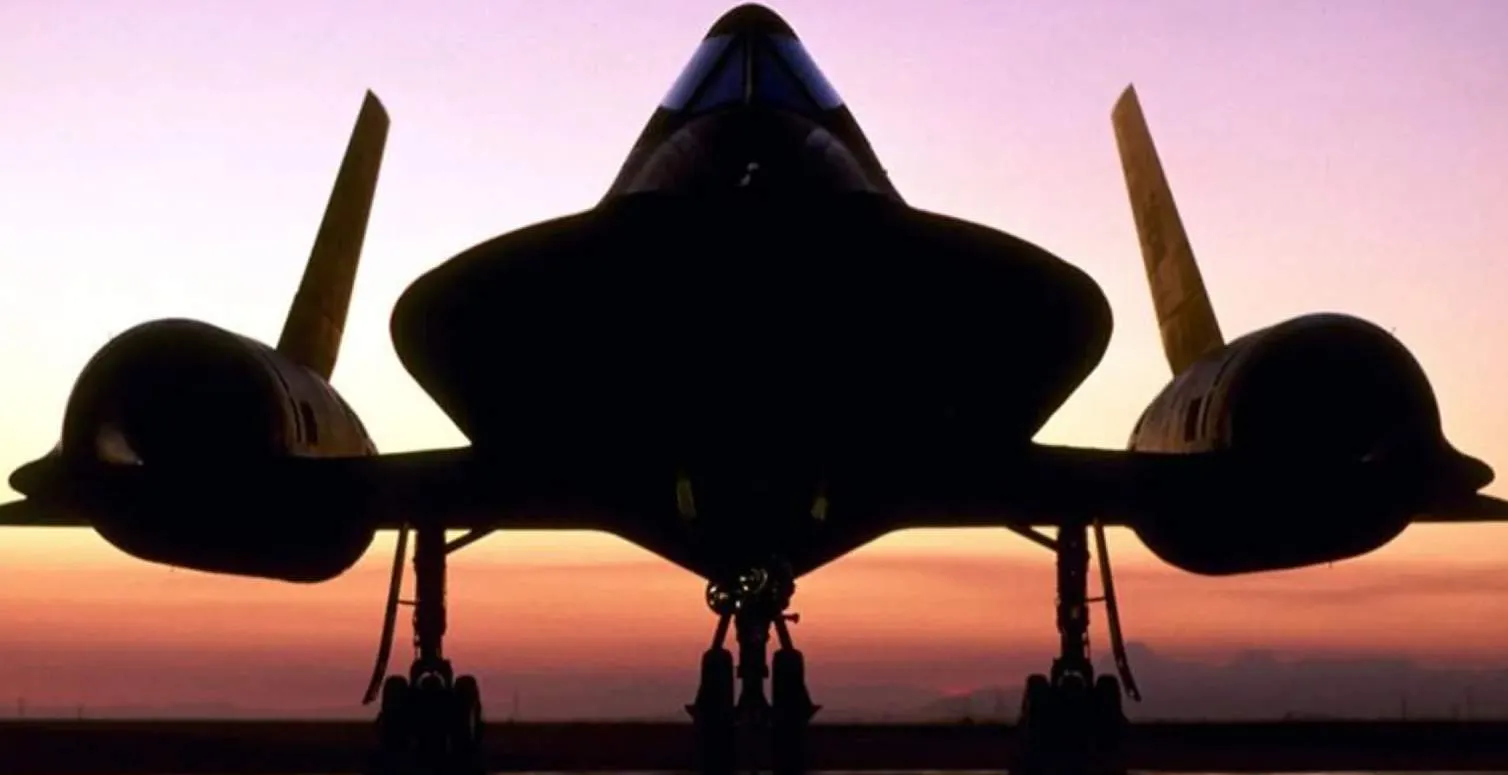The SR-71 Blackbird: A Marvel of Speed and Stealth
Listen to A History of the World in Spy Objects: Marc Newson - the SR-71 Blackbird
In the realm of aviation history, few aircraft have captured the imagination and awe quite like the SR-71 Blackbird. The iconic reconnaissance plane remains a testament to engineering ingenuity, pushing the boundaries of technology during the Cold War era.
“The SR-71 was the product of the Lockheed Martin Skunk Works in the US. This was the place where top-secret projects only known about by the CIA and the US Air Force took place. Everything that came out of the skunk works was, and still is, cloaked in complete secrecy,” Marc Newson, an acclaimed industrial designer, creative director and artist, told A History of the World in Spy Objects.

SR-71 Blackbird
The aircraft is still cloaked in secrecy 60 years after its first flight in 1964 during a decade marked by intense geopolitical tensions including the Cuban Missile Crisis. Skunk Works, led by the legendary Clarence ‘Kelly’ Johnson, embarked on the ambitious task of creating an aircraft capable of evading enemy defenses while conducting high-speed, high-altitude reconnaissance missions. The result was the SR-71 Blackbird, an aircraft that defied conventional design principles.
“I think I’m inspired by the SR-71 because it’s remained with me. It’s remained in my consciousness since I was a small child,” Newson said. “In fact, its first flight was the year after I was born so I suppose there is an odd symmetry there. It’s one of those incredibly iconic-looking objects which obviously happens to be an aircraft and I love anything that has to do with aerospace. And it was just such an odd, other-worldly looking object capable of such extraordinary things at the time.
Unveiled in 1966, the SR-71's long fuselage, sharply pointed nose, and forward-swept wings contributed to its aerodynamic efficiency and speed capabilities. However, what truly defined the Blackbird were its engines. Powered by two Pratt & Whitney J58 turbojet engines with afterburners, the SR-71 could reach speeds exceeding Mach 3 (2,200 miles or three times the speed of sound) and cruise at altitudes of 80,000-plus feet.

"The brand new social experience where you activate your gaming skills as you train like a spy."
- TimeOut
Take on thrilling, high-energy espionage challenges across different game zones.

Blackbird: Spy Plane
To withstand the extreme conditions encountered during high-speed flight, the SR-71's skin was made of titanium alloy, earning it the nickname ‘The Titanium Goose’. The use of this durable material allowed the aircraft to endure the intense heat generated by friction with the air at such incredible speeds.
The SR-71 incorporated design elements that minimized its radar cross-section. Its sleek shape and black radar-absorbing paint reduced its visibility to enemy radar systems. Additionally, the Blackbird's incredible speed served as its primary defense mechanism. When faced with a threat, the SR-71 could simply accelerate to outrun any pursuing missiles.
The SR-71 played a crucial role during the Cold War, providing invaluable intelligence to the United States and its allies. The Blackbird conducted reconnaissance missions over hostile territories, including North Vietnam, North Korea, and the Soviet Union, collecting vital information with unmatched speed and precision.
The advancement of satellite technology, however, eventually led to its retirement in 1998.

SPYSCAPE+

Join now to get True Spies episodes early and ad-free every week, plus subscriber-only Debriefs and Q&As to bring you closer to your favorite spies and stories from the show. You’ll also get our exclusive series The Razumov Files and The Great James Bond Car Robbery!


Gadgets & Gifts
Explore a world of secrets together. Navigate through interactive exhibits and missions to discover your spy roles.
Your Spy Skills
We all have valuable spy skills - your mission is to discover yours. See if you have what it takes to be a secret agent, with our authentic spy skills evaluation* developed by a former Head of Training at British Intelligence. It's FREE so share & compare with friends now!
* Find more information about the scientific methods behind the evaluation here.


Stay Connected
Follow us for the latest
TIKTOK
INSTAGRAM
X
FACEBOOK
YOUTUBE